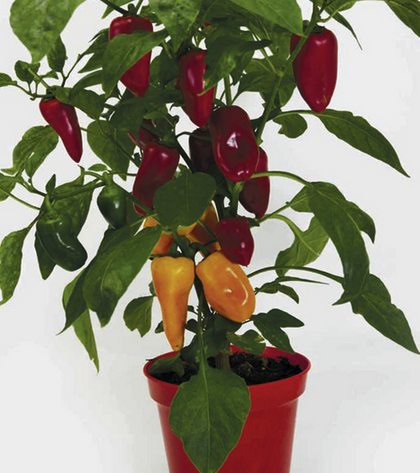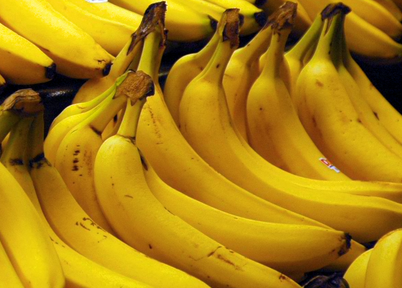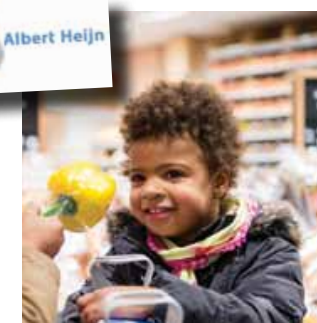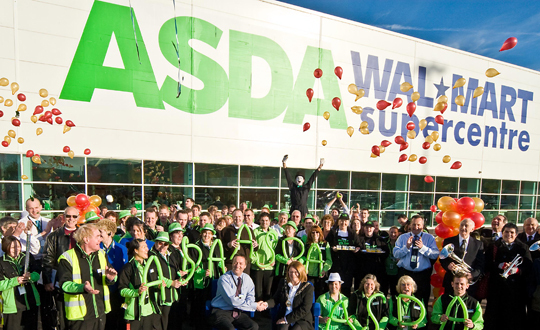
Home–grown vegetable enthusiasts now have a colourful new option to cultivate – ‘traffic light’ peppers grown on one plant.
The UK’s Suttons Seeds offers such a product, which it promotes as an eye-turner in the garden. It says its duo grafted peppers are super sweet red and orange snack peppers double grafted onto the same rootstock.
“They ripen from green to orange and red, providing a traffic light of colour.” Suttons Seeds’ website also says the two pepper varieties were selected to grow at the same speed and be equally productive.
Ideal for beds and borders, patio pots and containers, greenhouses, the grafts are for planting in May and fruit from July-October. While grafting has been used for some time commercially, Suttons Seeds says it has now developed them for the home gardener.
Grow–it–yourself market holding its ground
Meanwhile, according to Bord Bia, the Irish Food Board, the most popular products bought in Ireland last year to grow at home included herbs, salad vegetables and root vegetables.
In a recent article, Bord Bia’s Mike Neary said market research carried out by Ipsos MRBI on behalf of Bord Bia on the size of the gardening market in Ireland in 2014 showed the value of plants purchased for the GIY (Grow it Yourself) market was €14 million.
Though down 13% on 2011, purchase occasions are up by 3%, “which indicates that there remains a strong interest in the growing your own activity,” he said.
Sources Suttons Seeds, Bord Bia
Also see (in German) Gabot.de






